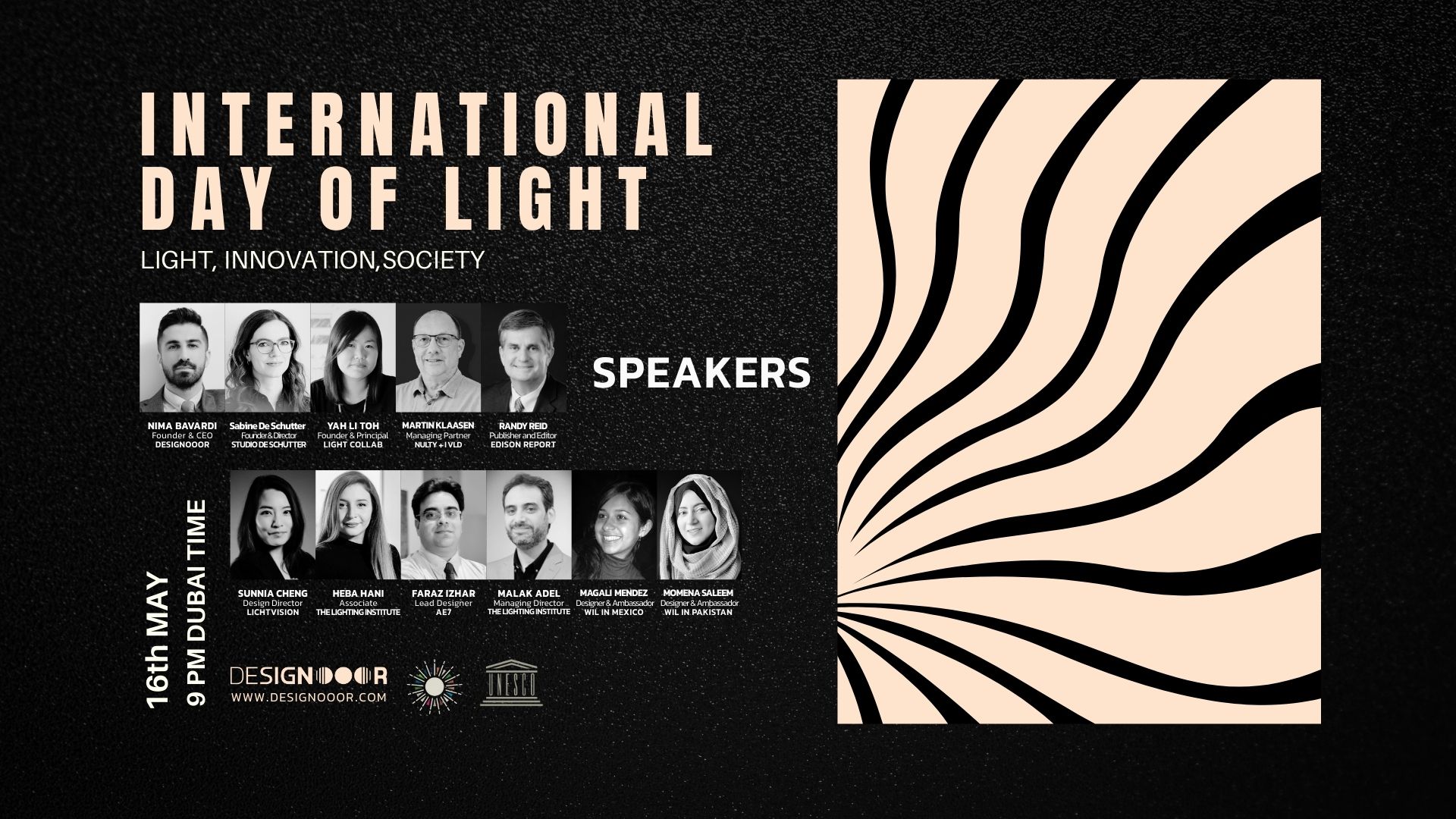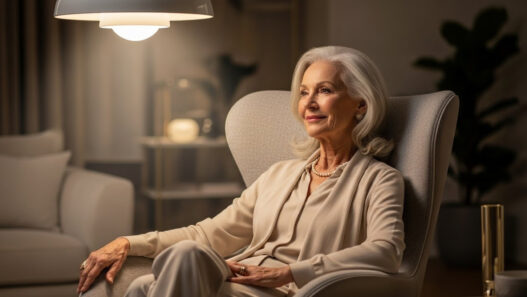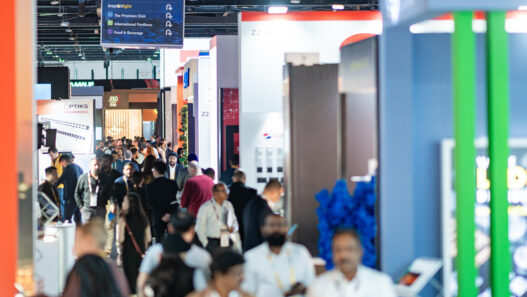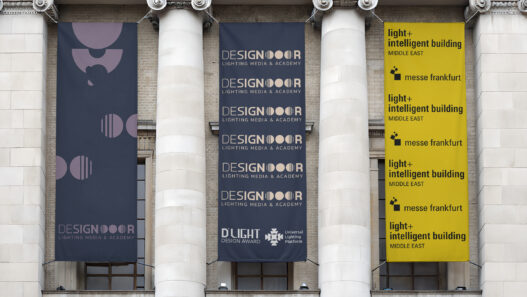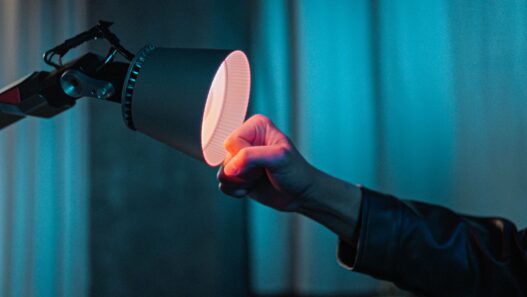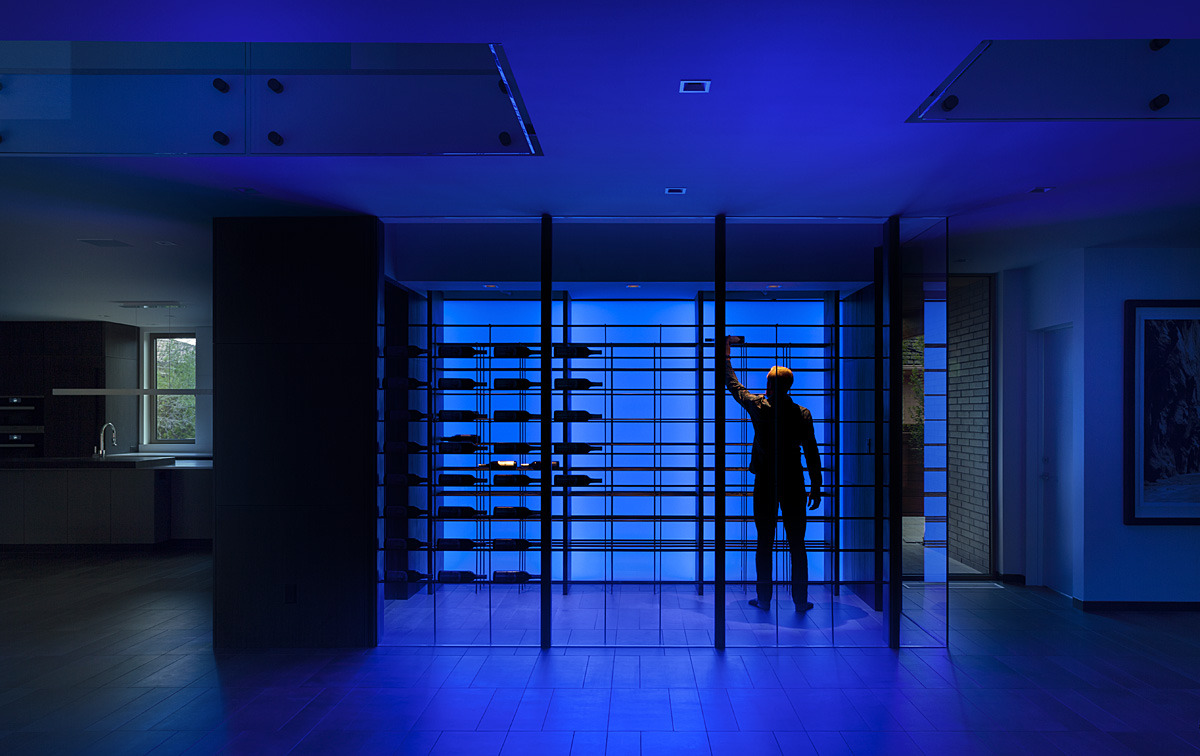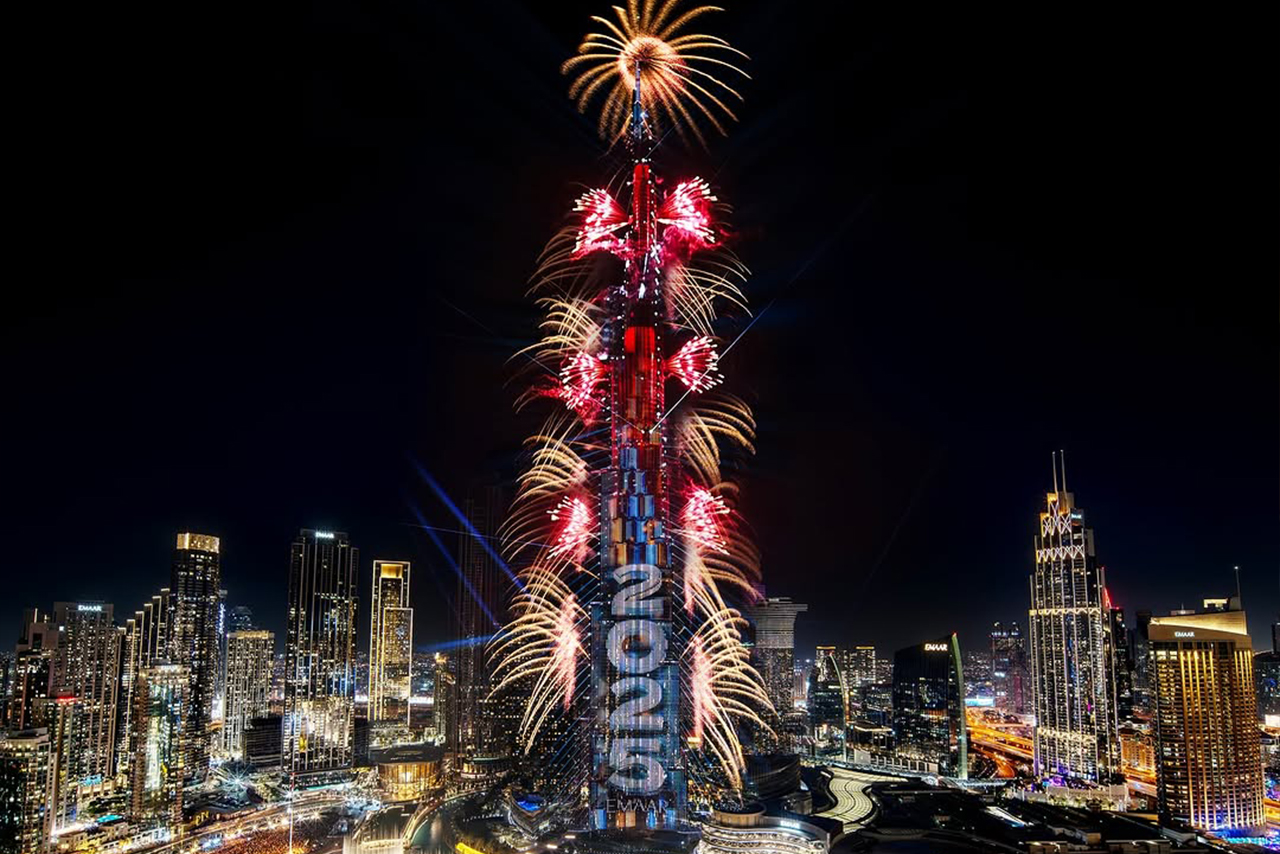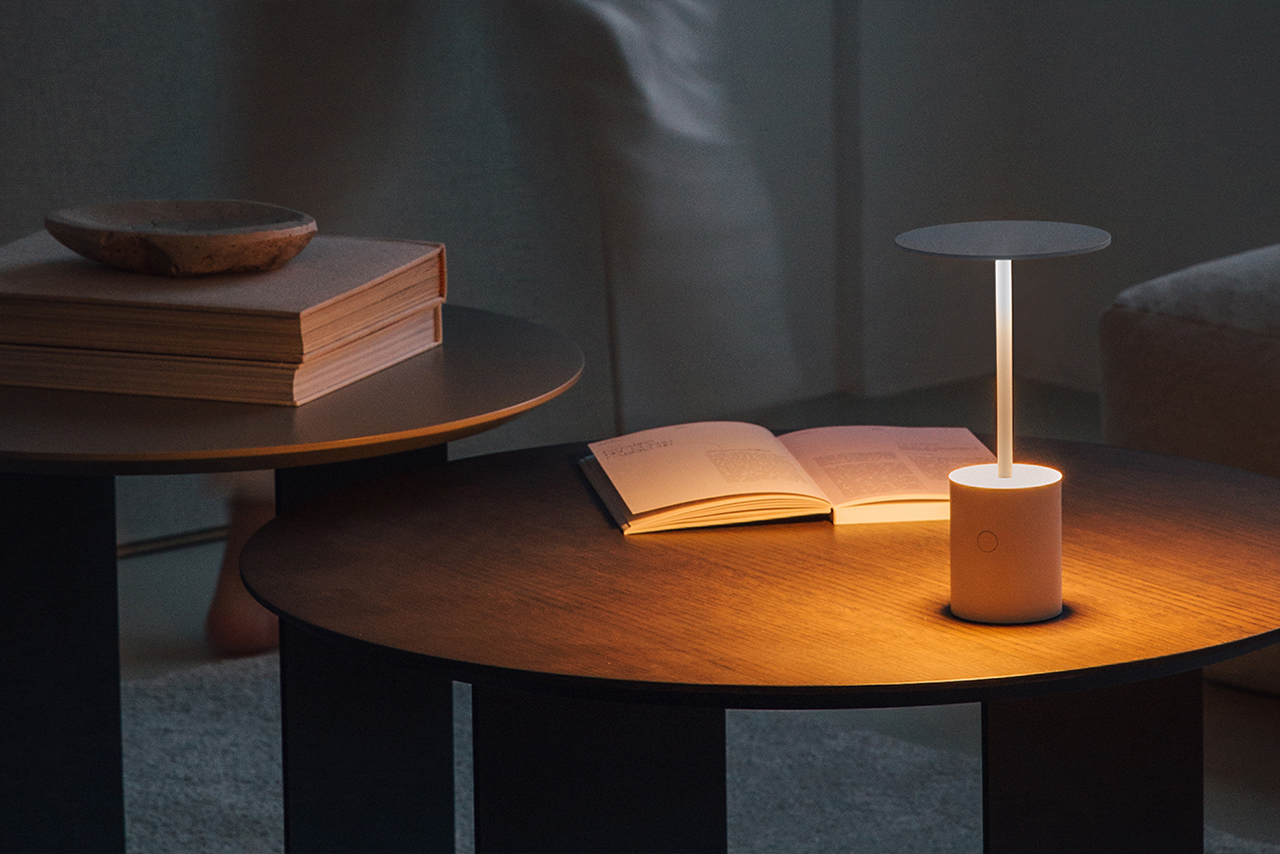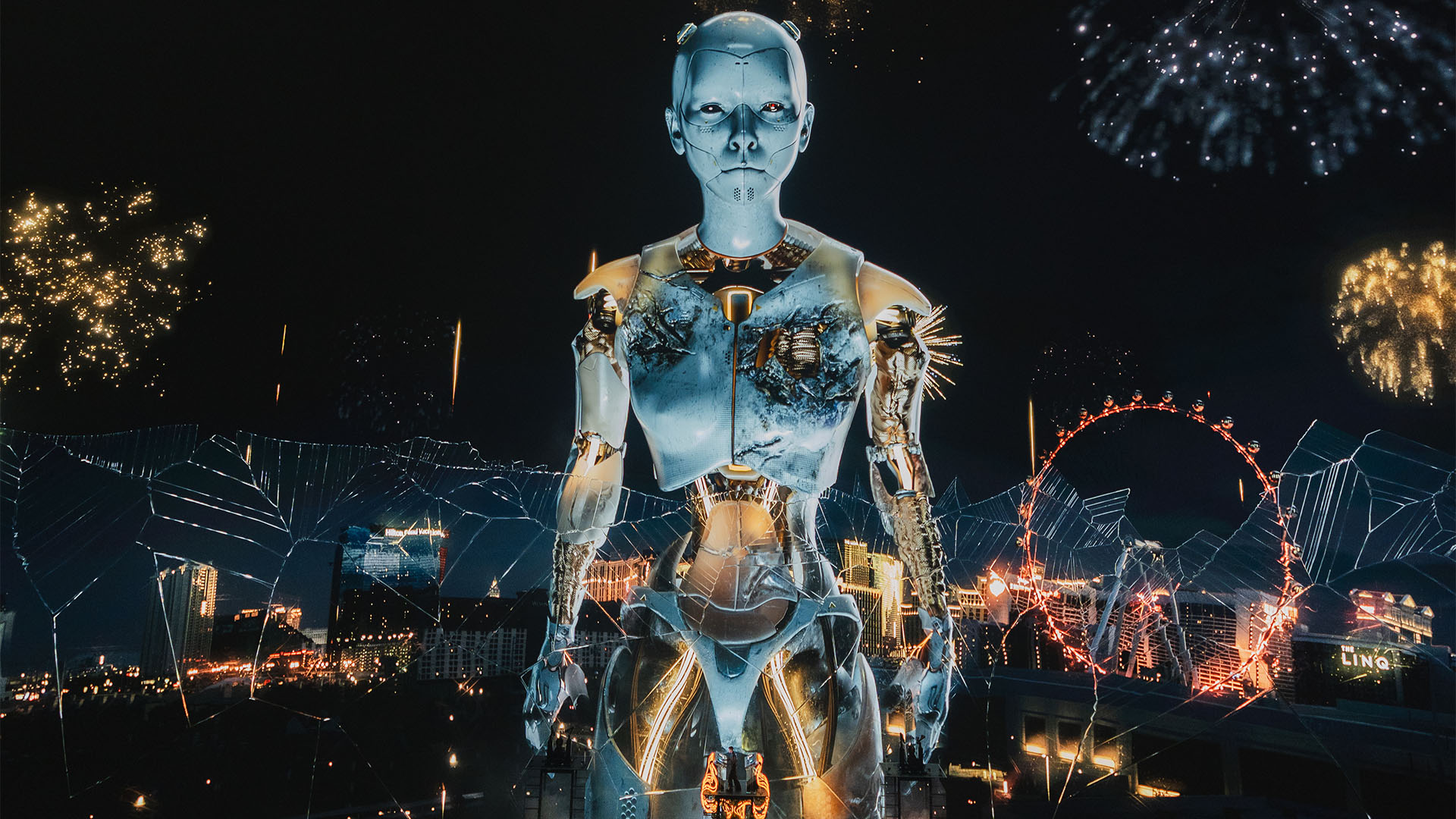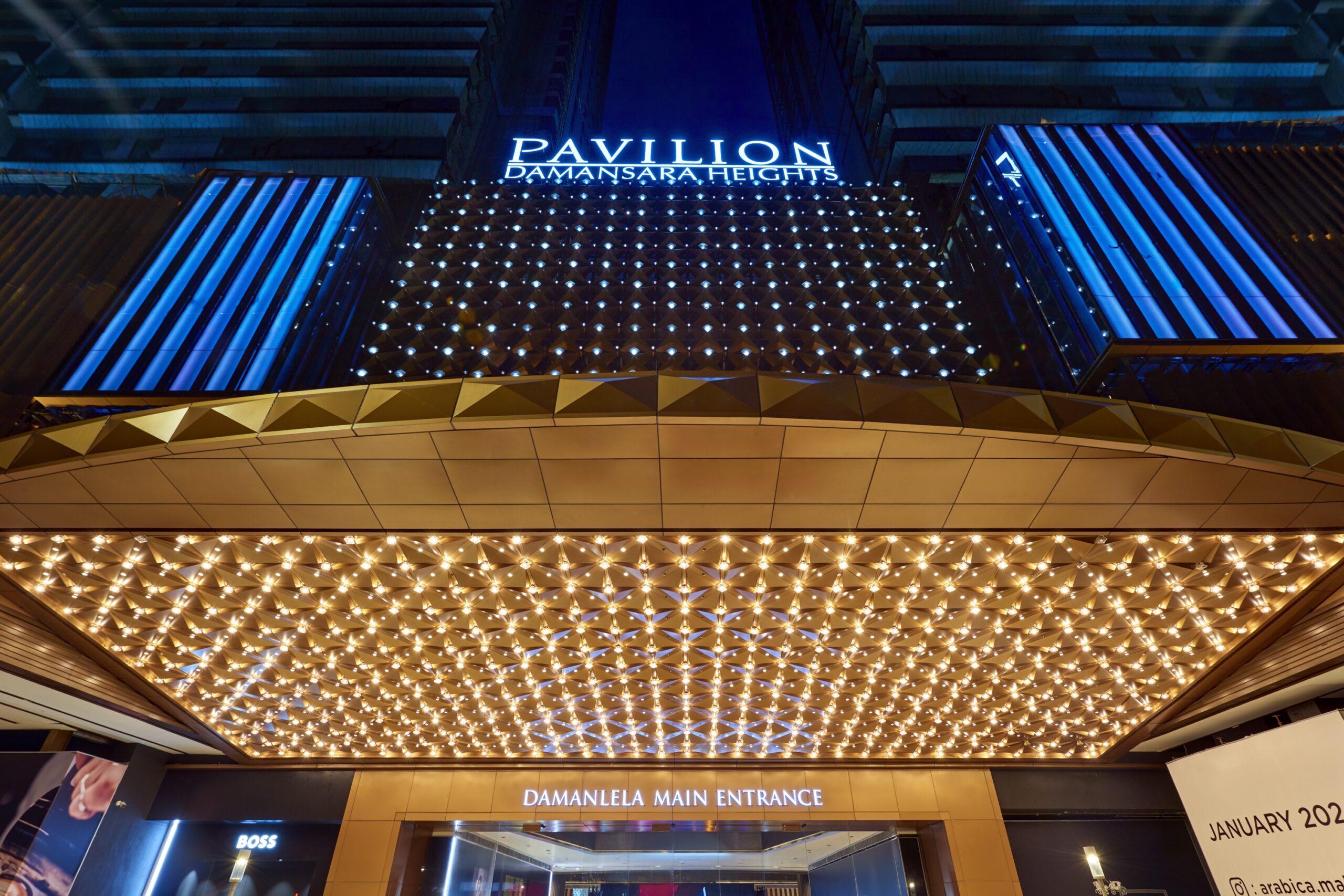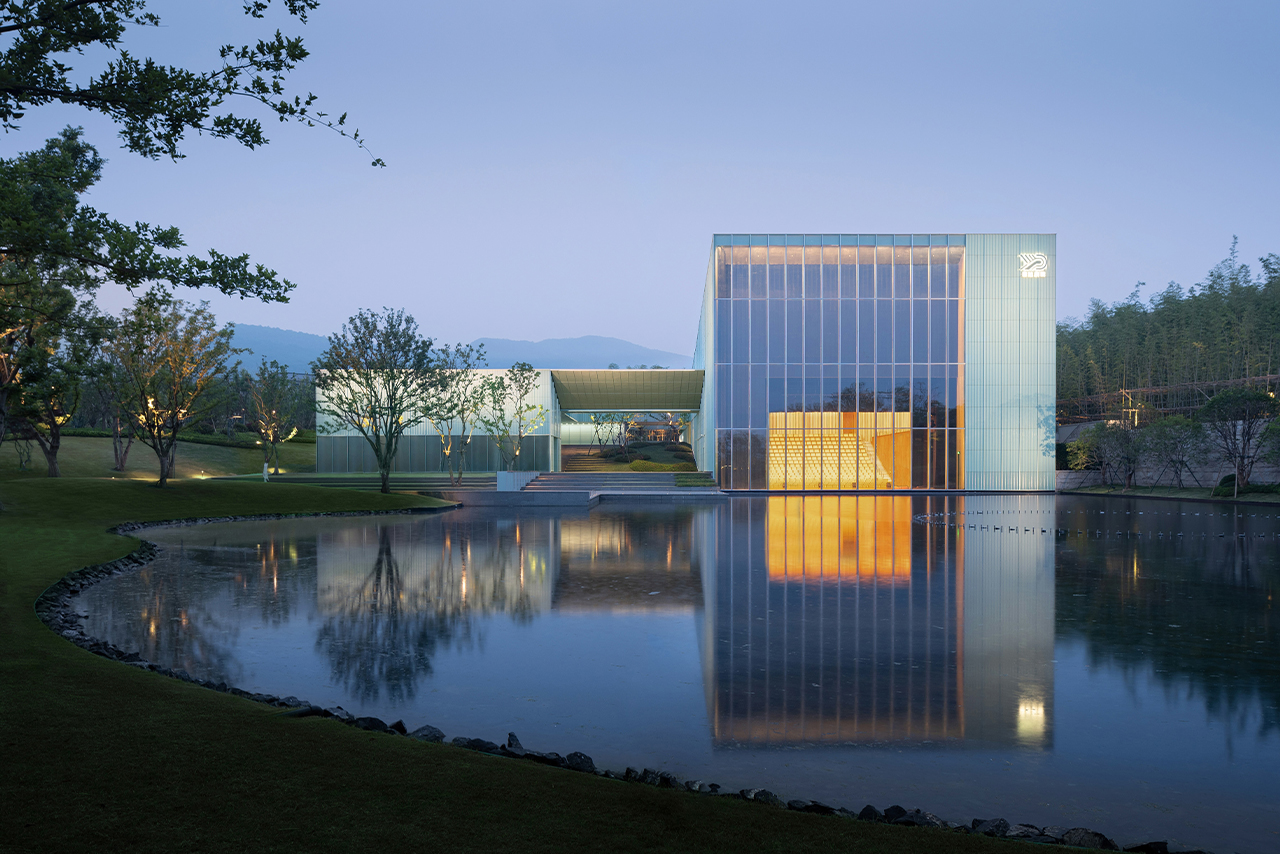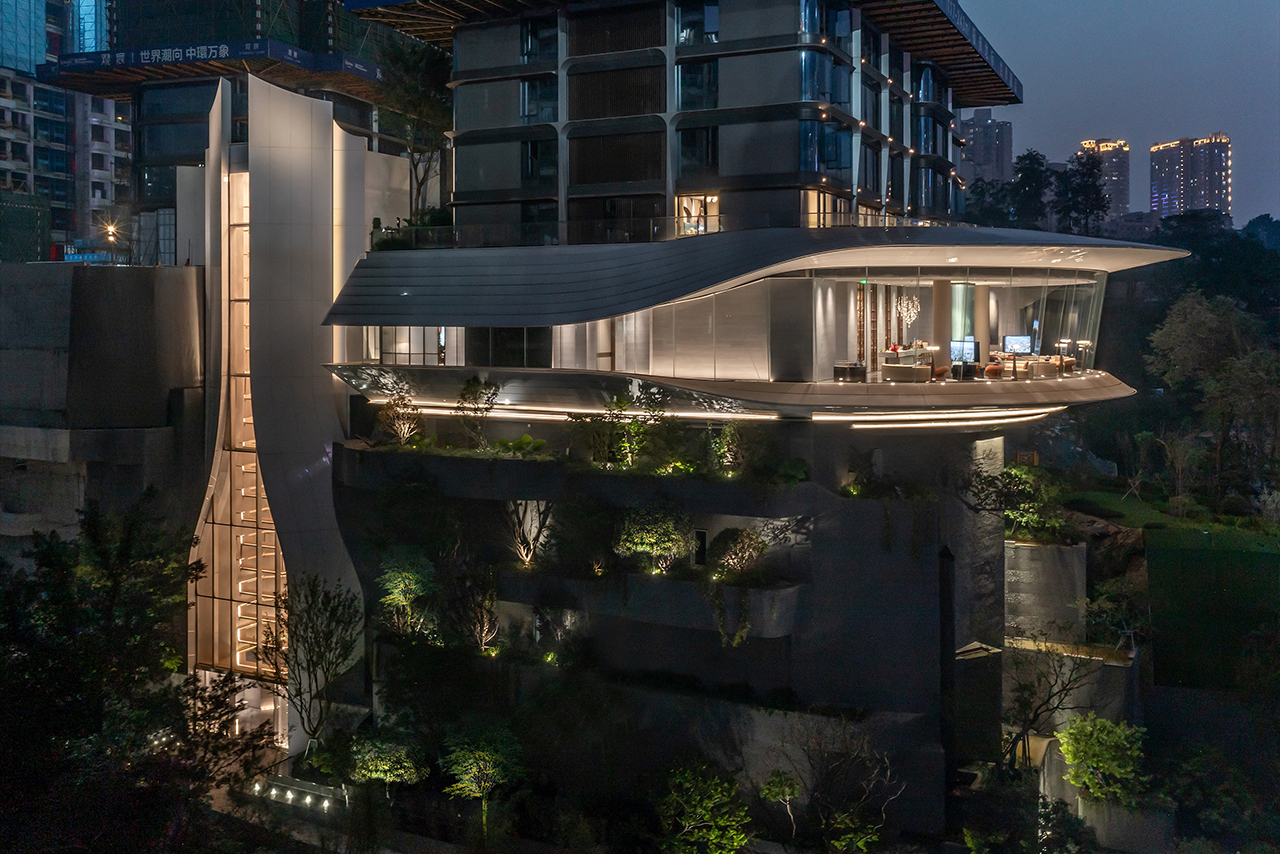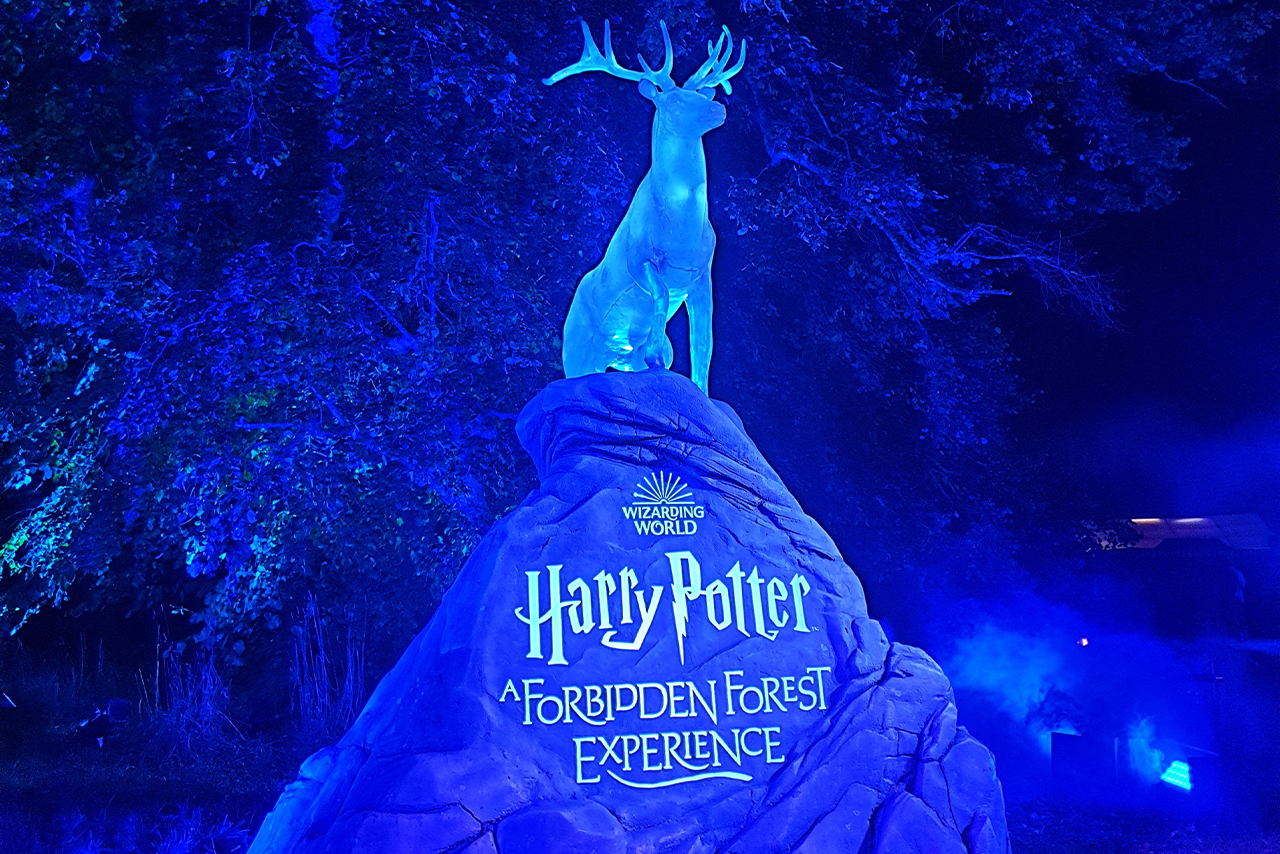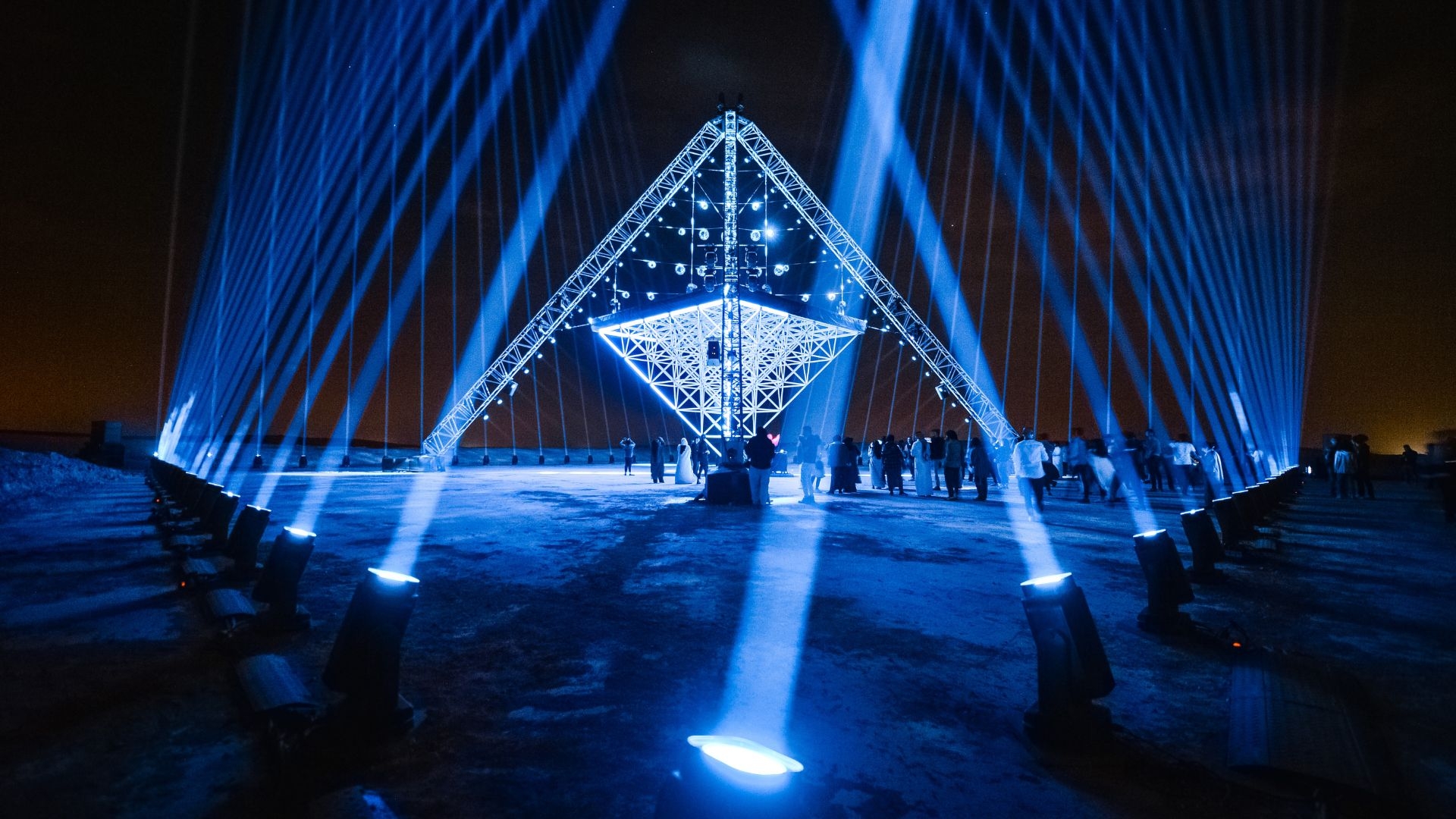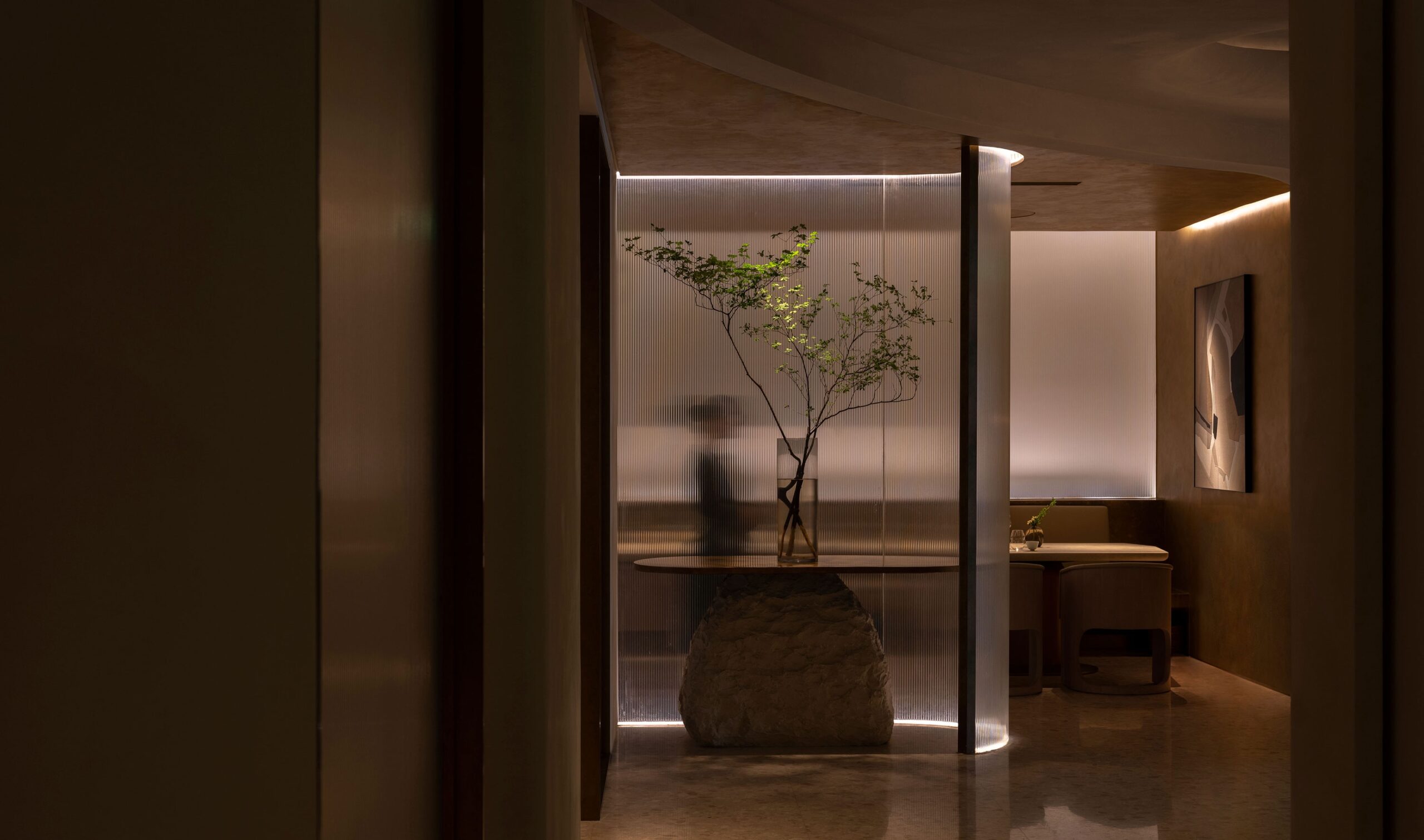Light, in the world of design, functions beyond a lighting tool. Light is an element that can define a space, give identity and create an emotional and unique experience for users. In this project, it seems that the designer has tried to use light as a key element alongside architecture; in a way that it not only performs the task of lighting, but also tells a unique story.
One of the first things that stands out in this project is the use of bright blue light in certain parts of the space. This color gives the space a mysterious and futuristic feel and at the same time attracts attention. But sometimes this bold choice gets out of control and becomes the dominant element of the space, so that other components of the architectural design fade into the background. For example, in a part of the space where this blue light is used, it seems that the architectural details are overshadowed by the intensity and dominance of this color. However, in contrast, the staircase lighting is designed in a subtle way. The linear and layered lights used in the staircase design not only enhance the geometric beauty of the space, but also instill a sense of dynamism and movement into the space. This smart choice shows the designer’s deep understanding of visual principles and the balance between components.
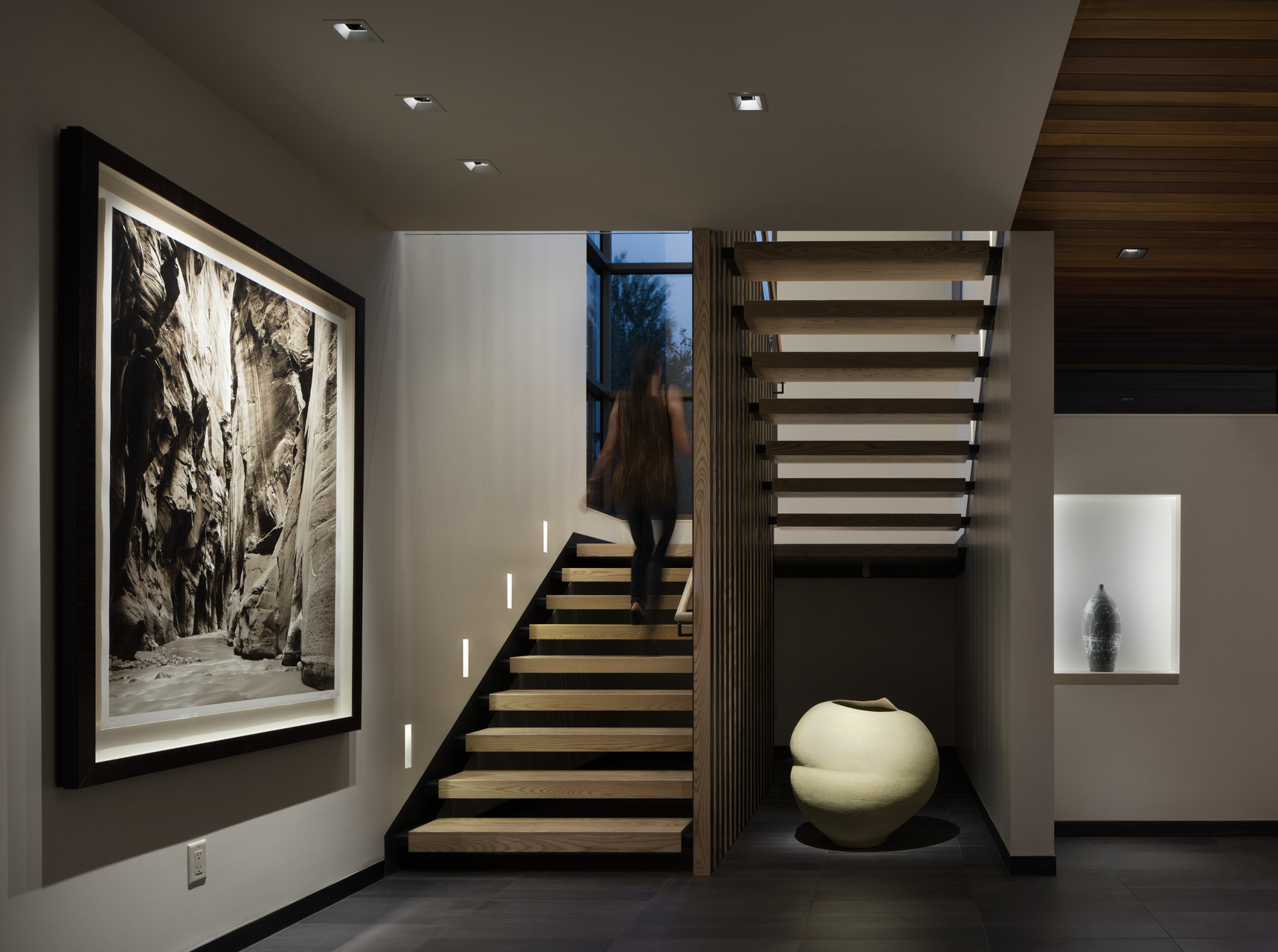
The lighting design of this project does not remain only in the aesthetic dimension. Rather, by providing intelligent and controllable systems, it has been able to respond to the needs of the user. The ability to set different lighting scenes and control them through smart devices provides a flexible and unique experience for users. But the main challenge here is whether all users have the ability to benefit from such complex technologies? It seems that the designers have relied too much on advanced technologies, while some users may not be familiar with these systems. Another point to consider in this design is its heavy dependence on artificial lighting. This dependence has missed the opportunity to create a balance between natural and artificial light and has created a less dynamic and flexible space.
The use of hidden and indirect lighting adds depth and a sense of luxury to the space without creating visual clutter. These lights have subtly blurred the boundary between architectural and interior design elements, creating a harmonious and uniform space.
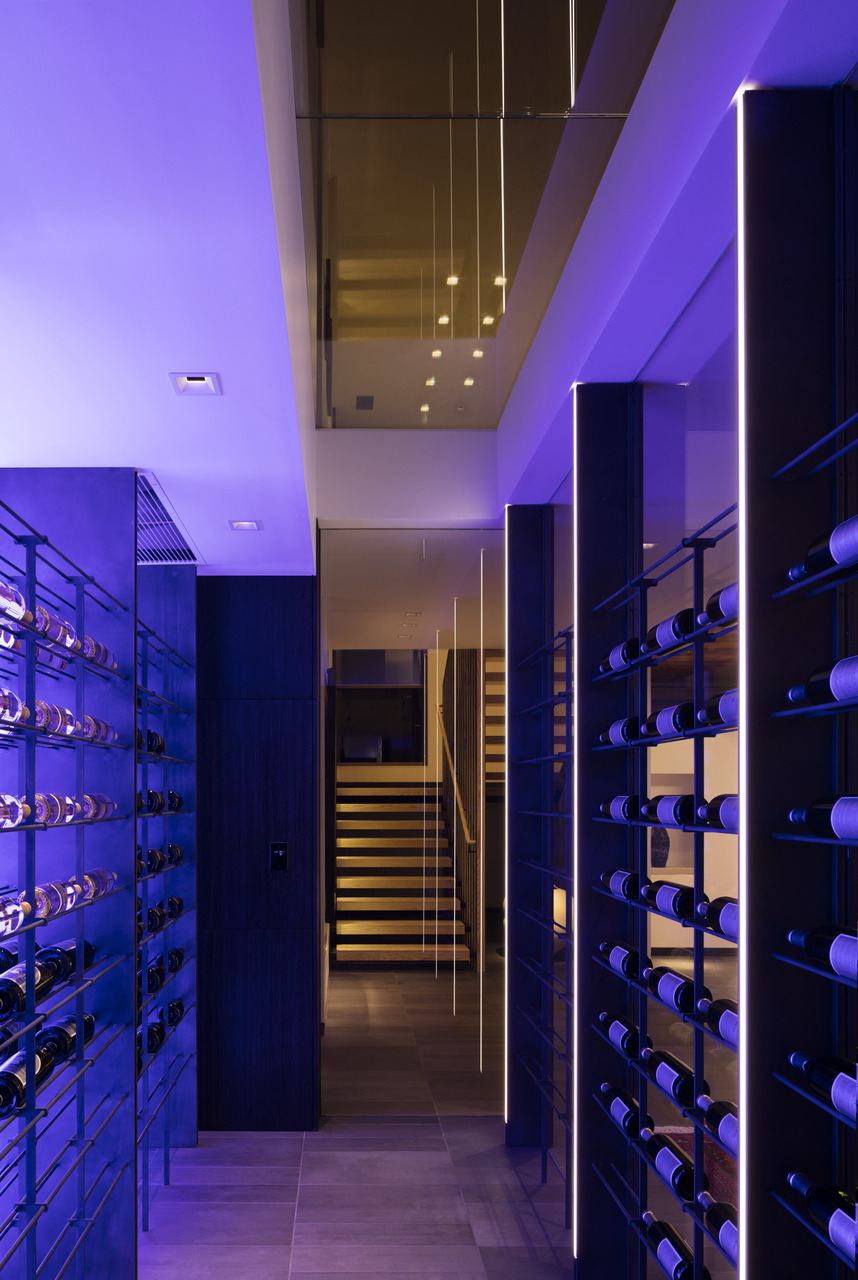
One of the admirable aspects of this project is the designer’s ability to create a poetic and fictional feeling through lighting. This project seems to be inspired by cinematic works, especially films with a science fiction atmosphere. The use of cool colors and technological lighting evokes a space similar to the world of science fiction films such as “Blade Runner”; a space in which technology and humans coexist poetically. This clever inspiration has been able to transform architecture from a static work into a sensory and dynamic experience.
In conclusion, it must be said that this project has tried to create a story beyond mere architecture by using light. Light here has become the soul of the space; an element that not only defines the space, but also gives it life and leaves unique emotions in the minds of the audience. Although this project faces challenges in some aspects, it cannot be denied that it has been able to give a new meaning to aesthetics and functionality. This lighting is like a brilliant glow from the depths of darkness that dazzles the eyes and enchants the minds; A radiance that will remain in memories.
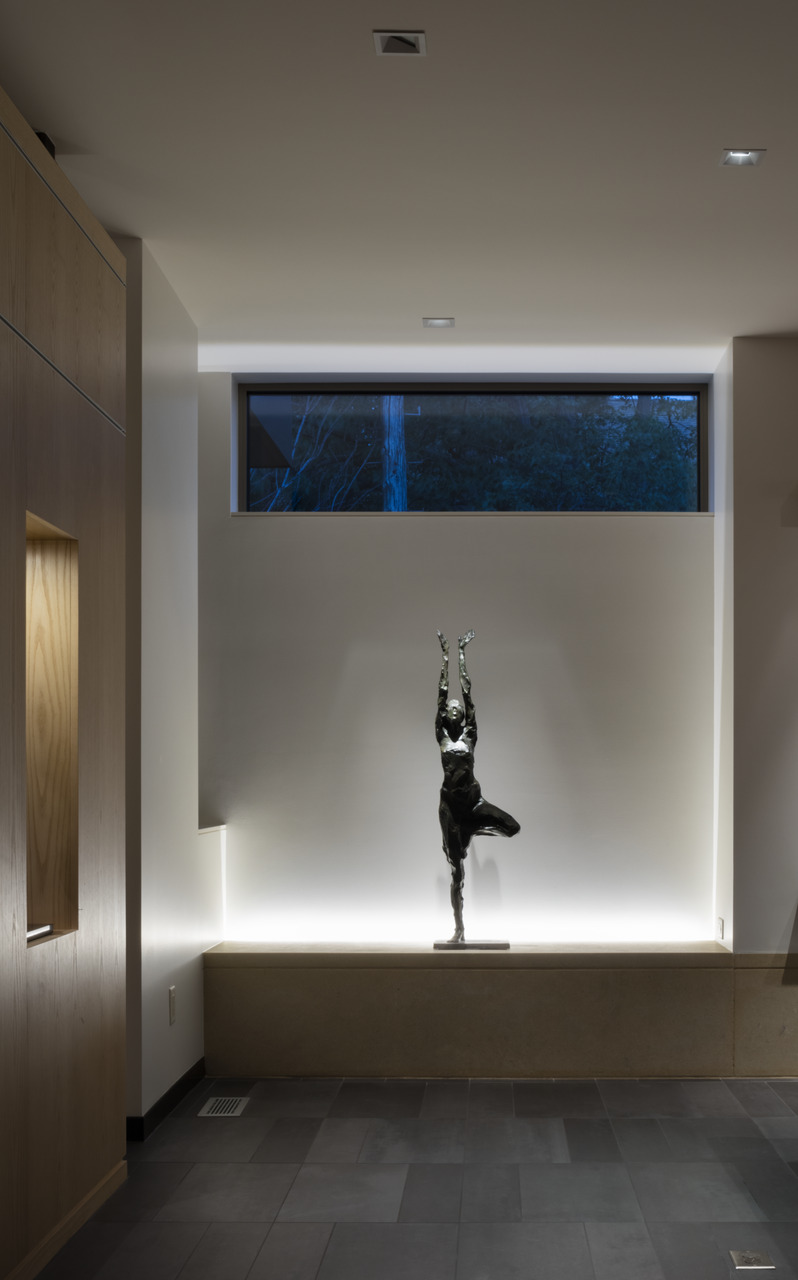
Brand : HLB Lighting Design
Designer : Semple Brown Design
Photo Credits : Raul Garcia
Prize: LIT Lighting Design Award, Brilliance Award
